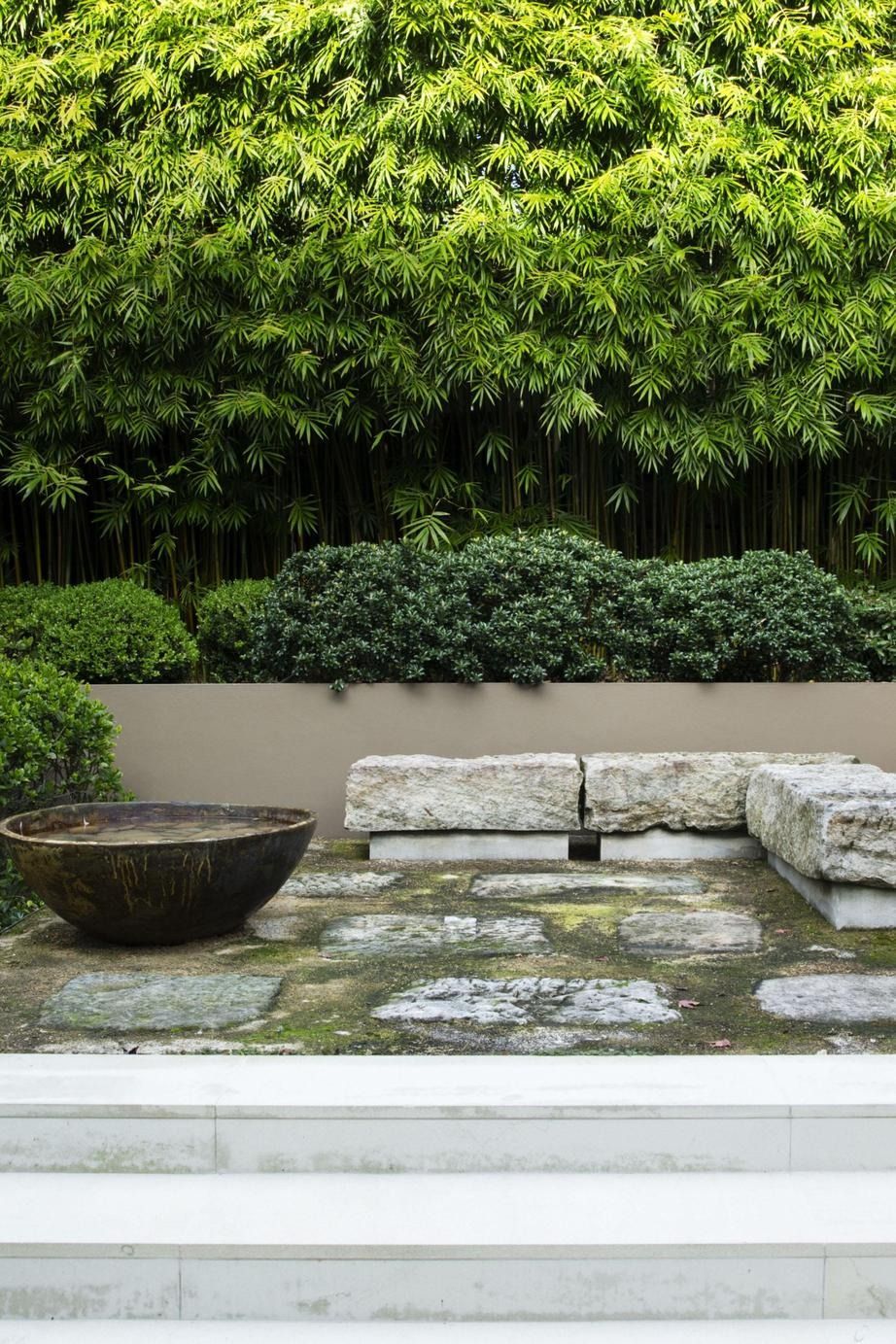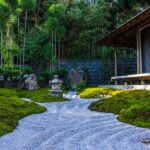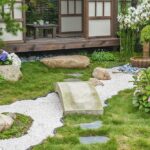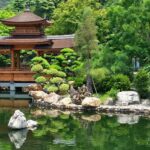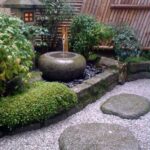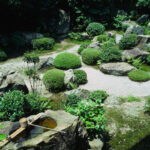Japanese gardens are known for their meticulous design and serene beauty. These gardens have been cultivated for centuries, with roots dating back to the 7th century. Japanese garden design is characterized by its use of natural elements such as rocks, water, and plants, all carefully arranged to create a harmonious and tranquil space.
One of the key principles of Japanese garden design is the concept of “wabi-sabi,” which emphasizes simplicity, imperfection, and the beauty of natural materials. This philosophy is reflected in the use of weathered stones, moss-covered paths, and carefully pruned trees in Japanese gardens. By embracing imperfection, Japanese gardens create a sense of peacefulness and tranquility that is unique to this style of design.
Water features are another important element in Japanese garden design. Water is often used to symbolize purity, life, and tranquility in Japanese culture, and it plays a central role in many Japanese gardens. Ponds, streams, and waterfalls are common features in Japanese gardens, all designed to evoke a sense of calm and serenity.
Rocks are also an essential component of Japanese garden design. Rocks are used to create focal points, pathways, and boundaries within the garden. The placement of rocks is carefully considered, with each rock chosen for its shape, size, and texture to create a sense of balance and harmony within the space.
Plants are carefully selected and pruned in Japanese garden design to create a sense of balance and harmony. Trees, shrubs, and flowers are often chosen for their symbolic meaning in Japanese culture, with an emphasis on creating a naturalistic and serene atmosphere. Plants are also pruned and shaped in a specific way to enhance the overall aesthetic of the garden.
Overall, Japanese garden design is a reflection of the deep connection between nature, art, and culture in Japanese society. These gardens are carefully cultivated and maintained to create a peaceful and tranquil environment that inspires contemplation and reflection. Whether you visit a traditional Japanese garden in Japan or create your own Japanese-inspired garden at home, the principles of Japanese garden design can help you create a space that is both beautiful and serene.
